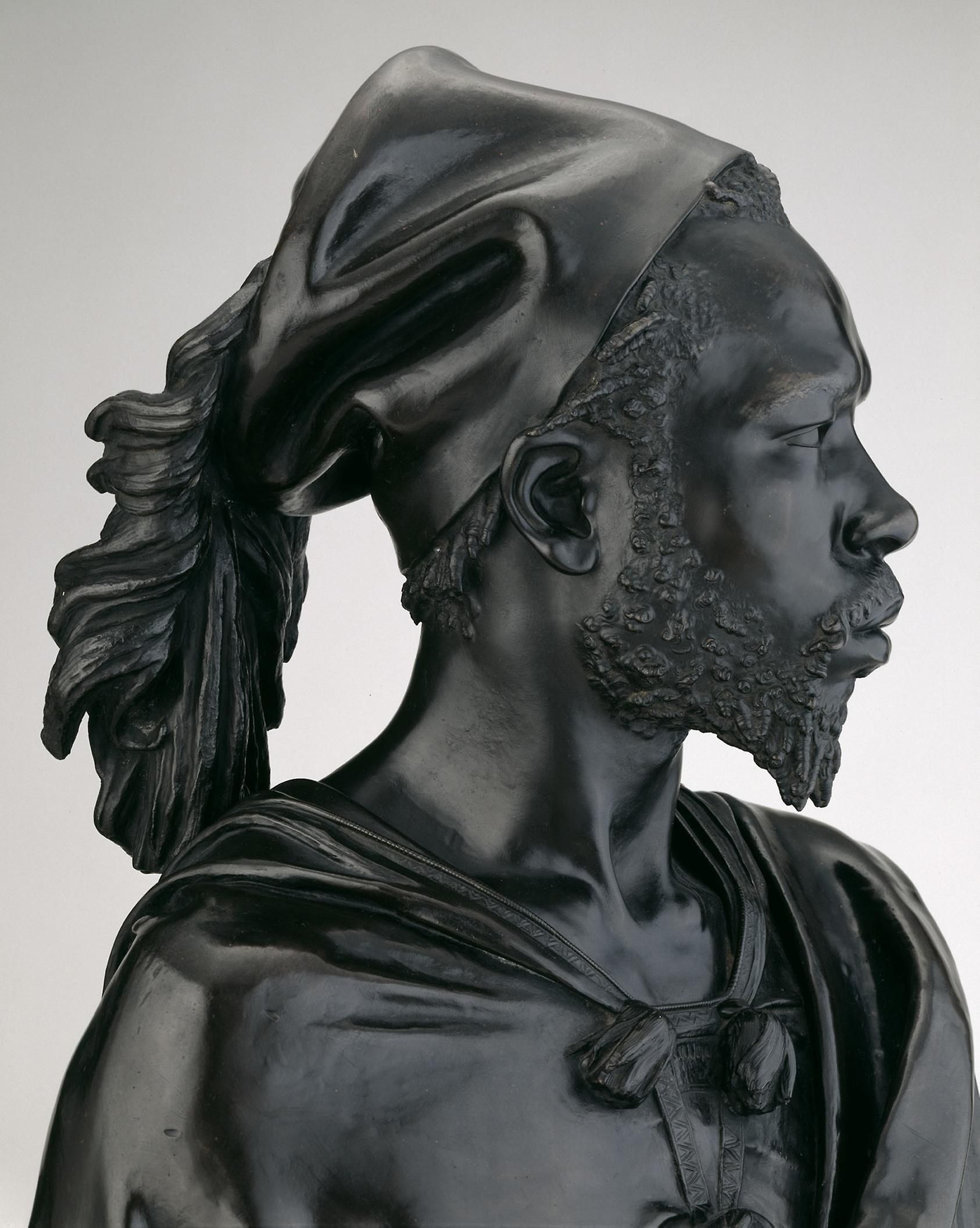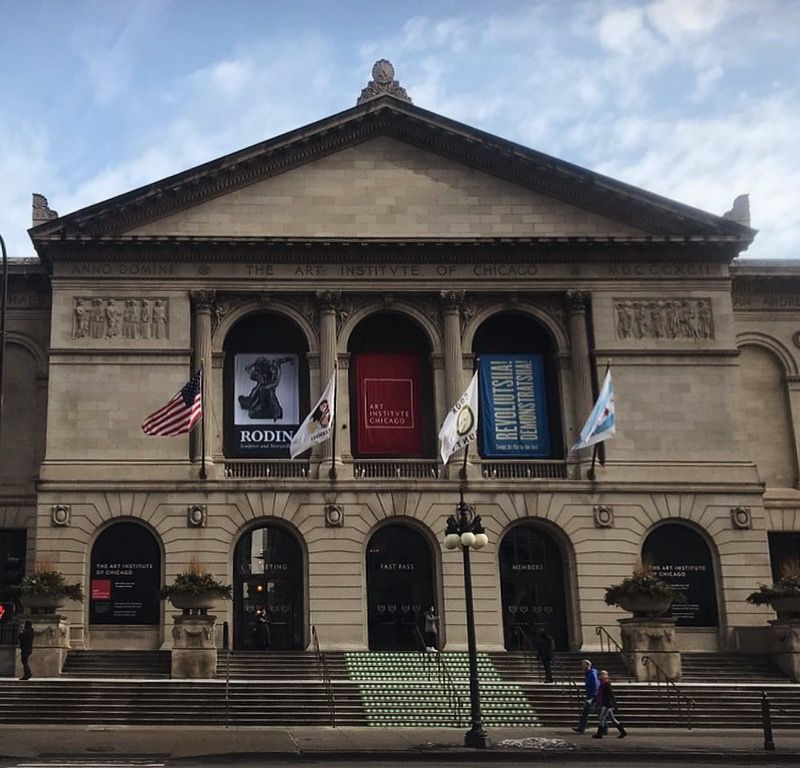
Bust of Said Abdullah of the Darfour People
Charles Henri Joseph Cordier was still a student of French sculptor François Rude when his plaster-cast version of the clay portrait he had modeled of a Sudanese man was accepted to the Paris Salon. Exhibited in the same year that France extended full emancipation to all residents, including those in its African colonies and territories, Cordier’s sculpture was seen as embodying the Romantic ideals of individual liberty. Its detailed realism (including the individual strands of tassels and hair) appealed to the public’s growing interest in ethnographic accuracy, while its strong features and dignified expression matched the European tradition for expressing moral and physical purity. Two years later, Cordier created a female portrait that was equally acclaimed as a blend of realism (the model wears a patterned wrap, heavy earrings, and coral necklace, all associated with East Africa) and idealism (in the sitter’s regal and aristocratic bearing). In 1851 casts of both sculptures were commissioned for the anthropological gallery of the National History Museum in Paris, and for the International Exhibition in London, sealing their fate as companion pendants. While Cordier came to specialize in ethnographic sculpture and made several trips to North Africa during his lifetime, it is by these two works that he is best remembered.
Credit: Ada Turnbull Hertle Endowment
1848
Bronze
82.5 x 82.5 cm
1963.839
Image and text courtesy of Art Institute of Chicago, 2019
Where you'll find this

Art Institute of Chicago
Permanent collection




